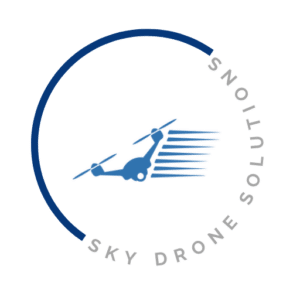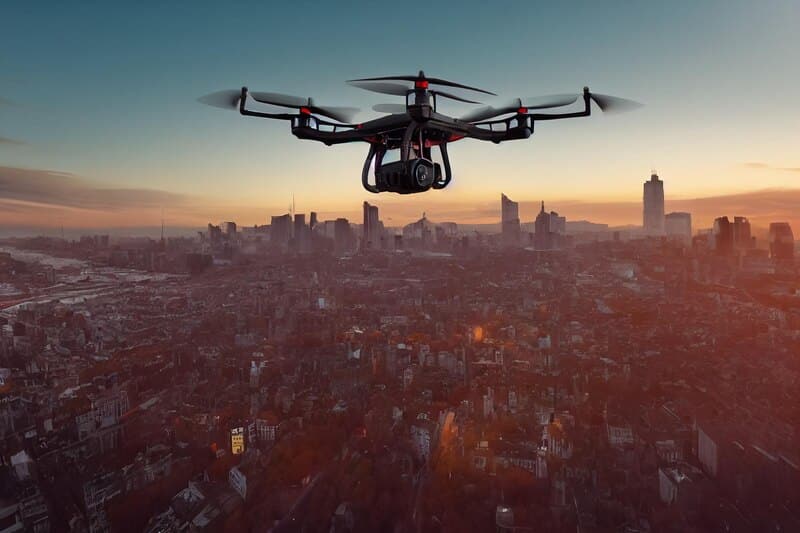THE BEST THERMAL DRONES IN 2022
Thermal drones are becoming increasingly popular as automation technologies continue to develop. While they have a wide range of uses, they are particularly well-suited for monitoring power lines, detecting leaks in pipelines. Let’s learn a bit the benefits of thermal hunting drones in Colorado.
With that in mind, four of the best thermal drones will be released in 2022.
The first is the DJI Mavic 2 Enterprise Advanced, designed for professional use. It features a modular design that allows you to swap out different components, and it comes with a Thermal Camera Core that can capture high-resolution images and videos.
The second drone on our list is the Autel EVO II, also designed for professionals. It has many features that make it ideal for tasks such as search and rescue, and it comes with an integrated FLIR thermal camera.
Next up is the Skydio 2, which is a consumer-grade drone that is packed with features. It has obstacle avoidance sensors, and its autonomous flight modes make it perfect for photography and videography. It also comes with a FLIR camera.
Last but not least is the Parrot Anafi Thermal, which is another consumer-grade drone. It’s lightweight and compact, making it easy to take with you on the go. And like the other drones on this list, it also comes with a FLIR camera.
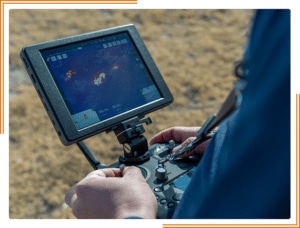
DRONE VS. MANUAL INSPECTIONS
The automation of many tasks has led to increased efficiency and productivity in various industries.
Drones are one such automation technology that is becoming increasingly popular for functions such as inspections.
Drones can quickly and easily conduct visual inspections of buildings, both inside and out.
They can also be equipped with cameras and other sensors to provide a more detailed review than would be possible with a manual review.
In addition, drones can reach areas that would be difficult or dangerous for a human inspector.
As a result, drones offer several advantages over traditional manual inspection methods.
HOW MUCH DO INFRARED DRONE INSPECTIONS COST?
Recent advances in automation technologies have allowed drones to be used for various tasks, including conducting inspections.
Drone-based inspections are becoming increasingly popular in many industries, offering several advantages over traditional methods.
One significant advantage is that they can be conducted more quickly and efficiently.
In addition, drone-based inspections can be undertaken in hard-to-reach areas, making them safer and more cost-effective.
As a result, infrared drone inspections are becoming an increasingly popular choice for various applications.
So how much do they cost?
The cost of an infrared drone inspection will depend on several factors, including the size of the area to be inspected and the level of detail required.
However, as drone technology advances, the cost of these inspections will likely continue to decrease.
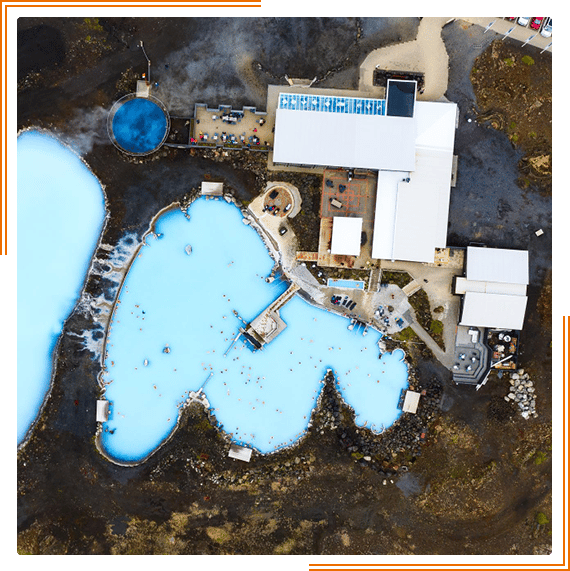

THE BASICS OF THERMAL DRONES
Thermal drones are a new type of drone equipped with a thermal camera. This allows the drone to capture images and videos in the infrared spectrum, which can be used for various commercial purposes.
Thermal cameras are handy for detecting building heat leaks, identifying hot spots in power lines, and detecting forest fires.
The use of drones is a rapidly growing area of the drone industry, as thermal cameras are becoming more affordable.
DJI, the leading drone manufacturer, has started integrating automation technologies into its drones.
This makes it easier for businesses to use thermal drones for their operations.
THERMAL DRONES IN PUBLIC SAFETY
In public safety, time is of the essence. Seconds and minutes can mean the difference between life and death, which is why automation technologies are increasingly being adopted in this field.
One such technology is drones, which are now used for various tasks, from search and rescue to crime scene investigation.
Thermal drones are equipped with infrared cameras that can detect heat signatures, even in low-light conditions.
This allows them to quickly identify people or animals in distress and potential offenders who may be trying to hide in the shadows.
In addition, drones can also monitor large crowds or areas of unrest, providing law enforcement with an invaluable tool for ensuring public safety.
Local governments might even rent thermal hunting drones in Colorado from private service companies.
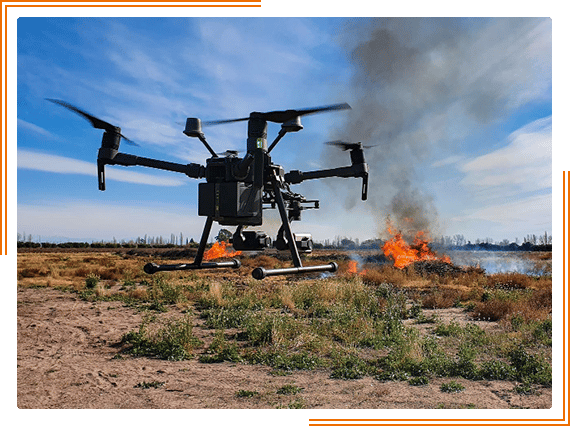
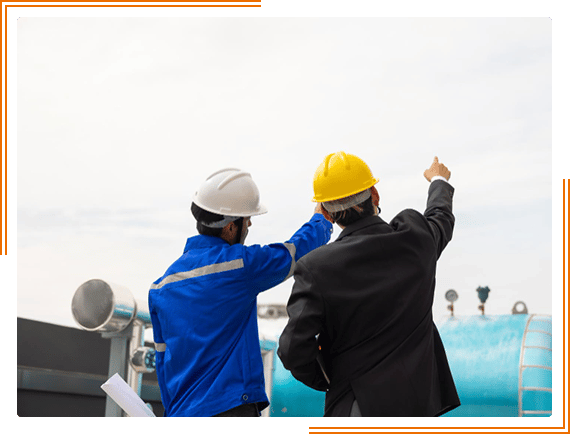
THERMAL DRONES IN INSPECTION
The construction industry is one of the most important in the world. It is responsible for buildings, roads, and other infrastructure that we all rely on.
However, construction sites can be dangerous workplaces, and accidents are too common.
One way to improve safety on construction sites is to use drones for inspection. Drones are equipped with infrared cameras that can detect heat signatures.
This allows them to identify potential hazards, such as exposed live wires or leaking gas lines.
Using thermal drones for inspection, construction companies can automate repetitive and dangerous tasks, making the construction site safer for everyone involved.
THERMAL DRONES IN AGRICULTURE
Thermal drones are becoming an increasingly popular tool in the agricultural industry, as they offer a variety of benefits over traditional methods of crop monitoring.
Drones can fly over fields and collect data on the health of crops, allowing farmers to identify areas that may be at risk of damage quickly.
This data can then be used to create targeted plans for irrigation and fertilization, which can improve crop yields and reduce losses due to pests or diseases.
Additionally, drones can monitor environmental conditions such as temperature and humidity, which can help farmers protect their crops from extreme weather events.
As climate change impacts agriculture, thermal drones will become even more widespread.
They offer a powerful tool for mitigating the risks associated with extreme weather events.
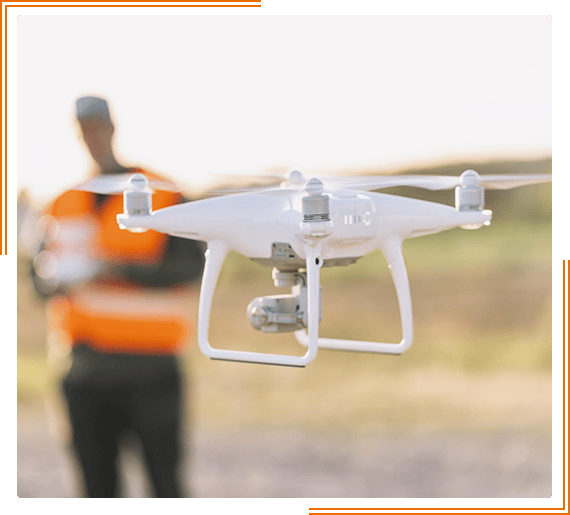
WHY IS THERMAL IMAGERY SUCH A HOT COMMODITY?
Thermal imagery is rapidly becoming one of the most popular automation technologies.
Its ability to detect temperature changes makes it ideal for various applications, from monitoring industrial equipment to detecting fires.
Thermal cameras are also less affected by light and smoke than traditional cameras, making them ideal for use in challenging environments.
Furthermore, thermal imaging is non-destructive, meaning it can inspect objects without causing any damage. They are also great for infrastructure inspections as well.
As a result, it is no wonder that thermal imaging is such a hot commodity.
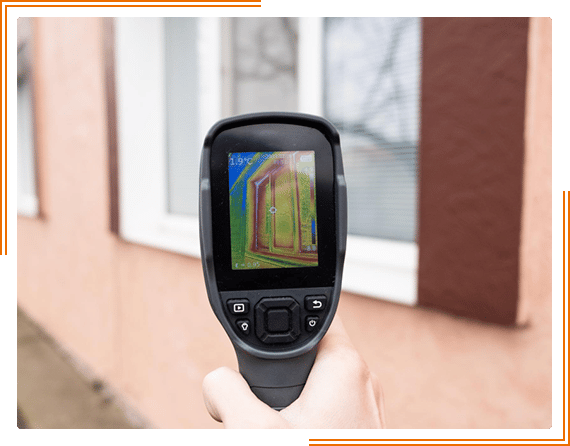
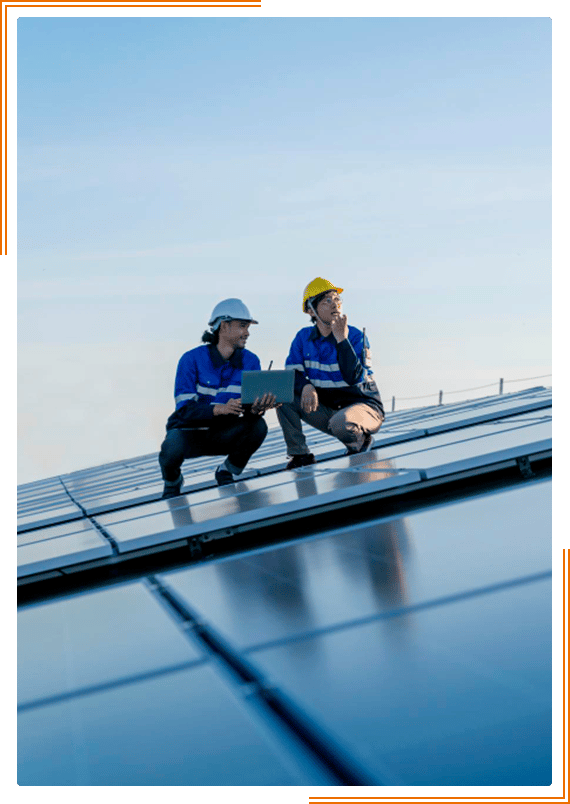
INFRARED DRONE SOLAR INSPECTIONS: THE COMPLETE PRICING BREAKDOWN
As the world progresses, automation technologies are becoming more and more commonplace. One area where this is especially true is in the field of solar inspections.
With an infrared drone solar inspection, you can get a complete picture of your solar panels without harming anyone.
But what does an infrared drone solar inspection cost? The answer, of course, depends on several factors, including the size of your solar array and the number of panels you have.
Nevertheless, we’ve compiled a complete pricing breakdown to give you an idea of what you can expect to pay.
For a small solar array with up to 50 panels, you can expect to pay around $250 for an infrared drone inspection.
If your collection is more extensive, with up to 200 panels, the price goes up to $500. And for an industrial-scale array with more than 1,000 panels, the price tag is a whopping $2,500.
Of course, these prices might seem high at first glance.
But when you consider the person-hours required to do a traditional inspection, it’s easy to see how an infrared drone solar inspection can save you time and money in the long run.
So if you’re looking for a comprehensive way to inspect your solar panels, an infrared drone solar inspection is worth considering.
A QUICK LOOK AT HOW THERMAL IMAGING TECHNOLOGY PAIRED WITH THE MANEUVERABILITY OF A DRONE CAN BENEFIT YOUR ENTERPRISE
As automation technologies continue to evolve, so does the potential for drones to be used in various industries.
One such industry is thermal imaging. This technology can detect heat sources from afar, making it ideal for inspecting inaccessible or dangerous areas.
When paired with the maneuverability of a drone, thermal imaging can provide an even more comprehensive view of an area.
For example, a drone equipped with thermal imaging could be used to inspect a power plant for potential safety hazards.
By flying the drone into hard-to-reach places and capturing images, plant operators can quickly identify any areas that may need further attention.
This not only saves time and money, but it also helps to keep workers safe. We can expect to see more industries using this powerful technology.
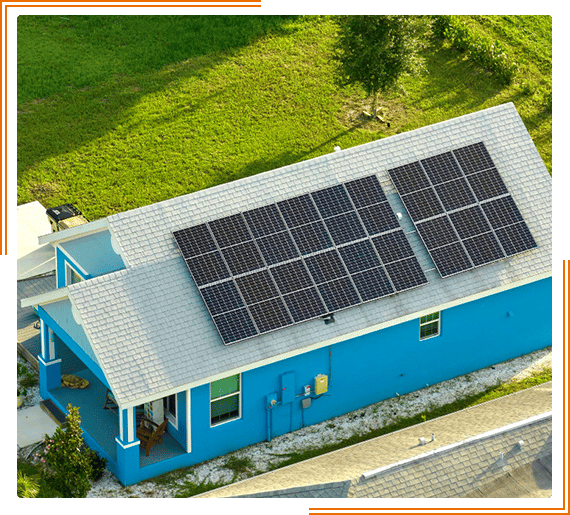

COMMERCIAL BUILDING INSPECTION
The application of automation technologies in commercial building inspections is an area ripe for expansion.
The use of drones, in particular, can significantly improve the accuracy and efficiency of these inspections.
Drone photogrammetry can create high-resolution 3D models of buildings, which can then be analyzed for potential structural issues.
This type of automation can help to reduce the amount of time that is required for inspections, and it can also help to improve the accuracy of the results.
In addition, drones can help improve access to difficult-to-reach areas, such as roofs and tall buildings.
As a result, using drones in commercial building inspection is a promising development worth exploring further.
FIRE FIGHTING AND RESCUE
As anyone who has fought a fire knows, the heat can be intense. Not only does it make it difficult to see and breathe, but it can also quickly lead to exhaustion.
Thermal drones are now used to help fight fires and rescue people from burning buildings.
The drones are equipped with infrared cameras that can provide a real-time view of the situation, even in low visibility conditions.
This information is then transmitted back to firefighters on the ground, who can use it to plan their attack.
Thermal drones are also used to search for people trapped in burning buildings.
By providing a bird’s eye view of the situation, drones can help locate victims quickly and get them to safety.
In the future, drones will likely play an even more critical role in firefighting and rescue operations.
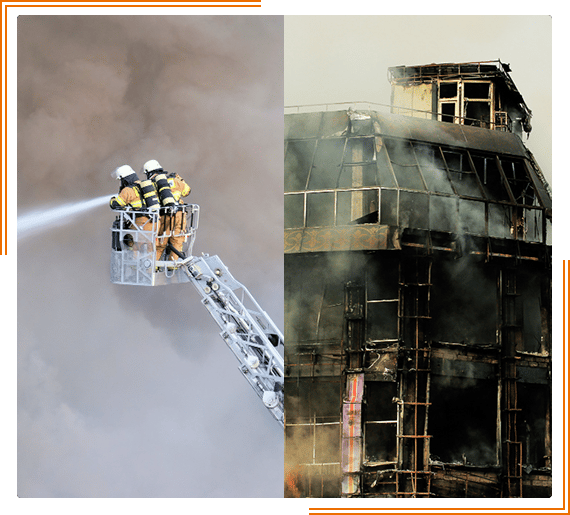
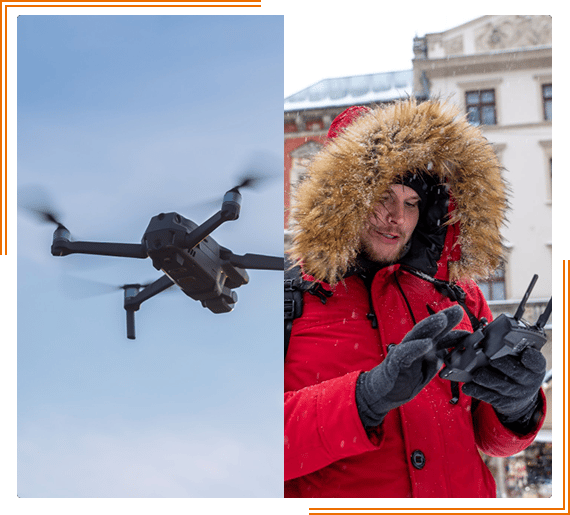
LAW ENFORCEMENT AND POLICE
In recent years, many law enforcement agencies have begun experimenting with automation technologies, including drones.
Drones offer several advantages over traditional police methods, including covering more ground more quickly and deploying officers to high priority areas.
However, using drones also raises many ethical concerns, including the potential for misuse and abuse.
Recently, there has been a growing trend toward using drones in law enforcement.
Thermal drones are equipped with infrared cameras that can detect heat signatures, making them ideal for tracking suspects or identifying potential victims in crowded areas.
While drones are still in the early stages of development, they have the potential to revolutionize law enforcement and police work.
THERMAL IMAGING: HOW DOES IT WORK?
Thermal imaging is a technology that allows us to see heat signatures.
It’s often used in automation technologies, which can help identify potential problems before they cause damage.
So how does it work? Thermal cameras detect infrared radiation and convert it into an image we can see.
The camera produces a “thermal map” of the scene, with different colors representing different heat levels.
This information can benefit various situations, from preventing industrial accidents to finding missing people.
And best of all, thermal imaging can be used day or night, making it a powerful tool for 24/7 monitoring.
CARING FOR YOUR THERMAL CAMERA AND HOW TO KEEP IT FROM HARM
As automation technologies continue to advance, more companies rely on cameras to help them improve their operations.
However, this sensitive equipment must be adequately cared for to function correctly. Here are a few tips on how to keep your thermal camera in good working condition:
• Store the camera in a dry, dust-free environment.
• Avoid exposing the camera to strong light sources, such as the sun or artificial lights.
• Inspect the camera regularly for any signs of damage, such as cracks or chips in the lens.
• Keep the camera clean by wiping it with a soft, dry cloth.
By following these simple tips, you can help ensure that your thermal camera will provide years of reliable service.
USE CASES FOR THERMAL DRONES: NOW AND IN THE FUTURE
Drones are becoming increasingly popular for various applications, from photography to delivery.
However, one of the most promising uses for drones is thermal imaging.
Thermal cameras can detect minute temperature differences, making them ideal for applications such as search and rescue, inspections, and surveillance.
As automation technologies develop, drones will likely become more commonplace.
For example, they could automatically identify hazards in industrial environments or monitor crops for signs of pests or diseases.
In the future, thermal drones could even be used to provide targeted cooling for people or animals in hot environments.
With their wide range of potential uses, it is clear that thermal drones are a technology with immense potential.
